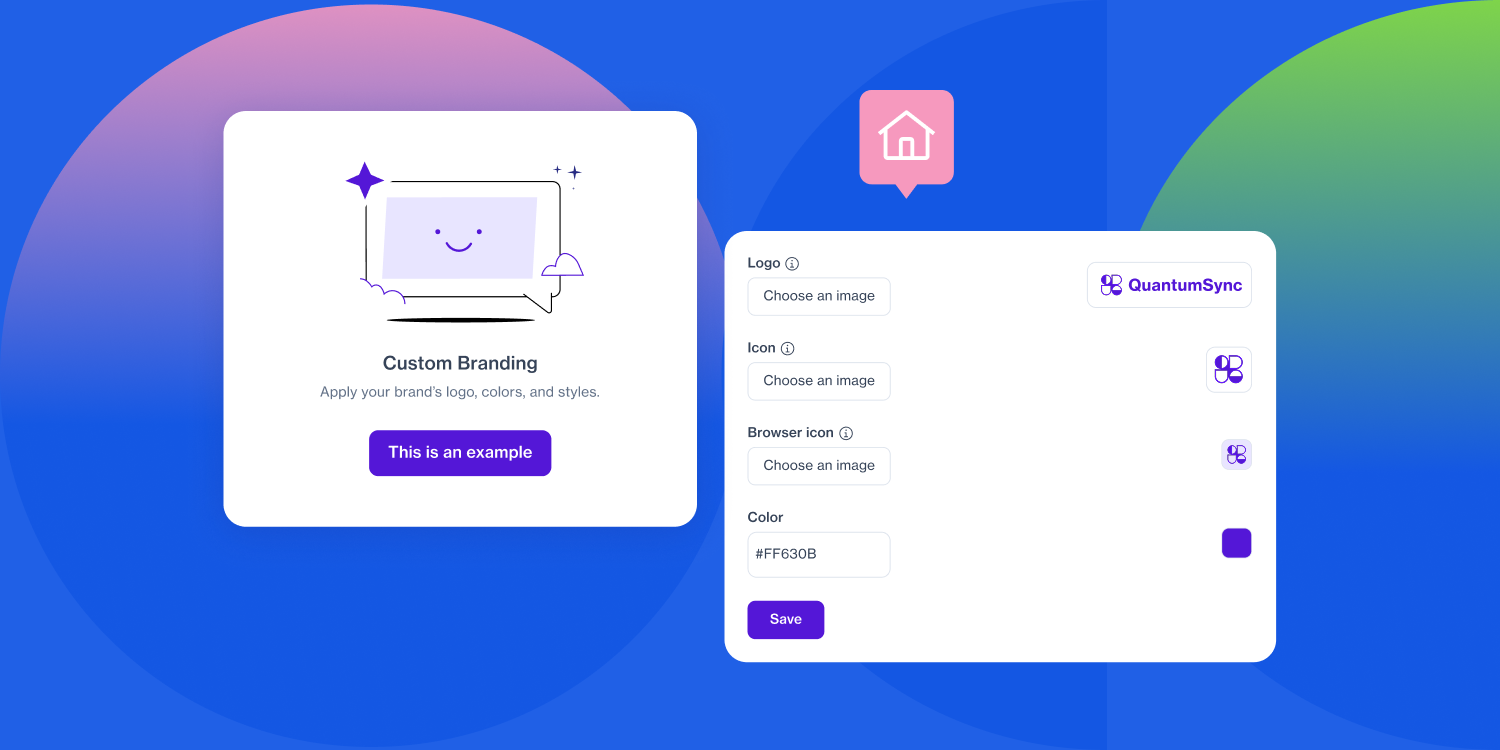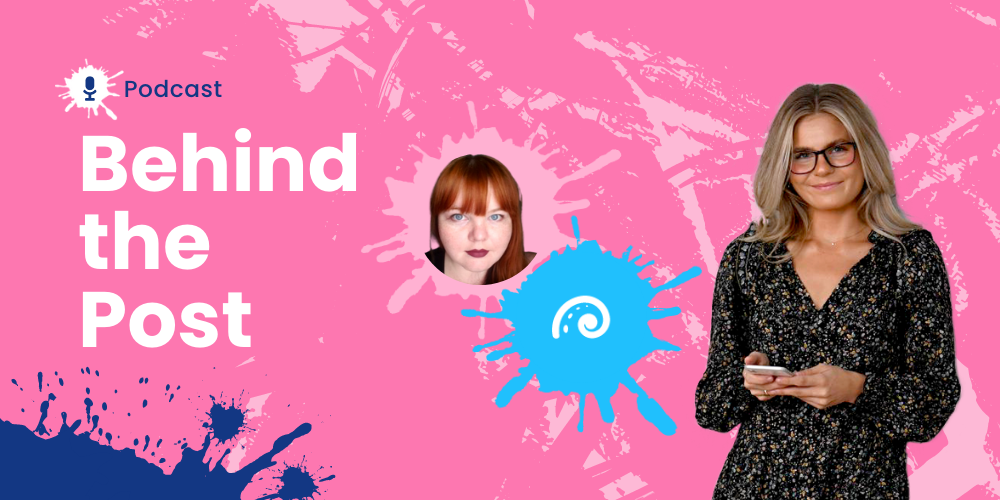The lifespan of content on social media

Table of contents
Do your social media posts get their 15 minutes of fame? As much as we hope their legend will live on to rival those of rock stars, in reality, social media posts are more like YouTube celebrities.
Make no mistake; crafting great social media posts is vital to a successful social media strategy. Good, interesting content is one of the top three reasons people will follow a brand. Most companies realize this, as 87% of B2B marketers use their social networks to distribute content. While this content may technically be out there forever, its lifespan – and the time it is useful for you- is much, much shorter.
A study on link clicks provides a very interesting view of the lifespan of your social media posts. The study looked at 1,000 popular social media links to determine how persistent they were. Knowing exactly how long your posts have to engage with your audience is extremely useful for shaping your social media strategy and creating individual posts.
The study found that the half-life – the amount of time at which a link will receive half of the clicks it will ever receive after it’s reached its peak – for each social network’s post was:
- Twitter’s mean half-life of a link is 2.8 hours
- Facebook’s mean half-life is 3.2 hours
- For ‘direct’ sources (like email or IM clients) it’s 3.4 hours
- YouTube links have a mean half-life of 7.4 hours
Comparing your posts to YouTube celebrities now doesn’t seem so bad now, right? But generally, your posts will only have about 3 hours to generate half of the clicks they will ever get. The next set may come in slowly over the next few hours or days, depending on how much the post is shared, how timely the content is and how much engagement it has with your audience.
But in those three hours, could you still reach the majority of your audience? Probably not. With Facebook’s recent change to their news feed algorithm, your posts will organically show up in the news feed of less than 10% of your fans.
If you’re thinking to yourself, “This can’t be! I spent so much time putting together the perfect blog post, video or offer and then took the time to create a social media post to share it, and now no one is going to see it?” Luckily, this isn’t necessarily true. Now that you are aware of the challenges of getting your posts seen and clicked on, there are actually several things you can do to extend the lifespan and effectiveness of your social media content.
Post at the optimal time: To get each individual post in front of as many people as possible, it’s important to post them when the largest amount of your fans are online. Using a social media analytics tool, you can learn the demographics of your followers to find out where the majority of your fans are from and when they are most active on each social network. If you are located in Europe, but most of your fans are from California, avoid posting during the morning, when it’s the middle of the night for all of your fans. Target your posts in the time slot most fans will have a chance to see it.
Of course, this is not a cut and dry rule. If a large number of your fans are online and posting their own content – it may be difficult to cut through the noise. Try a variety of posting times and track their progress. If a specific time of the day receives more clicks, likes and shares, focus your efforts on that time. With social media, continuous testing and optimizing is a must.
Post each piece of content multiple times: Some people are hesitant to post the same thing more than once. Their fans will get frustrated seeing the same thing over and over again. But if less than 10% of your fans see any given post, the odds of them seeing it more than once are very unlikely. At Oktopost, we usually share each of our blog posts or other pieces of content 10-15 times on Twitter and 5-10 times on other networks like Facebook, LinkedIn and Google+. If a post performs well, we may post it periodically for 6 months or even more.
Using Oktopost campaigns and message scheduler, you can schedule different variations of the same social media post to go out over the first month your content is published. You can also load posts into Message Assets to use for later. If you don’t use Oktopost, you can keep track of these future posts in an Excel spreadsheet or Word document, but as your social campaigns get larger and more complex this approach becomes difficult and you’re apt to miss a few opportunities.
Optimize your post’s message: Although the 10-15 social media posts may link back the same blog or other piece of content, they shouldn’t be exactly the same. Change up how you present this content to your audience with different titles, questions, images, quotes or other messages. From there, use your social media management tool to track how each of these individual messages resonates with your fans. For some posts, a simple title will perform better than asking a question. For others, a more engaging message could spark up a conversation.
Once you have determined the best way to share that particular piece of content, your next 5-10 posts should be slight variations on that method. You may be surprised to learn that simply changing one word or even the order of the words can have a drastic impact on how well a post performs. And, don’t just assume that because your post did well it can’t do better – it always can.
One key take away from this lesson is not to spend too much time crafting any one particular post. Put a lot of thought into your overall strategy and how/when each piece of content should be broadcast – but don’t get hung up on any one message whose impact begins to fade after 3 hours. It is better to get something out there at the right time, measure its impact and gradually optimize until you have located the perfect message.
No matter how many times you post the same content or which social channels you prefer, make sure every post is designed to serve your overall B2B social media marketing strategy. That way, the responses you get during those three-hour windows will come from the kind of fans your brand is looking to attract. As you continue to test, analyze, and perfect your programs, you will be surprised if those messages start to resonate for longer periods of time.
How long is the lifespan of your social media posts? Do you know yet? Before making any further moves, open your social media analytics tool (or simply go to Facebook or Twitter’s analytics for a more basic view) to get a clear idea of when your post’s 15 minutes are up.




